Kyrgyzstan
Welcome to Kyrgyzstan
Kyrgyzstan, officially known as the Kyrgyz Republic, is a stunning landlocked country in Central Asia, renowned for its breathtaking natural beauty and rich nomadic heritage. Dominated by the majestic Tien Shan mountain range, which covers about 80% of the country, Kyrgyzstan offers vast alpine meadows, crystal-clear lakes, and rugged landscapes that evoke the Swiss Alps of Central Asia. The country is a haven for outdoor enthusiasts and culture seekers alike, with opportunities for hiking, horseback trekking, and immersing oneself in centuries-old nomadic traditions that remain vibrant today.
The capital city, Bishkek, blends Soviet-era architecture with vibrant markets and modern amenities, serving as a gateway to the country's natural wonders. Beyond the capital, travelers can explore serene high-altitude lakes like Song Kul and Issyk-Kul—the latter being the world’s second-largest alpine lake—offering swimming, sailing, and relaxation. National parks such as Ala Archa provide thrilling hiking trails amid majestic peaks, while ancient Silk Road cities like Osh reveal a rich historical tapestry through lively bazaars and monuments. Kyrgyzstan remains relatively undiscovered by mass tourism, making it an ideal destination for travelers seeking authentic experiences in pristine environments. Whether you want to camp under the stars in a yurt, trek remote mountain passes, or engage with the warm and hospitable Kyrgyz people, this country promises unforgettable adventures and a deep connection with nature and culture.
1.
Authentic Nomadic Culture: Kyrgyzstan is one of the few places where traditional nomadic lifestyles are still practiced. Visitors can stay in yurts, participate in national games like “Dead Goat Polo,” and experience pastoralist hospitality firsthand. This cultural immersion offers a rare glimpse into a way of life that has endured for centuries.
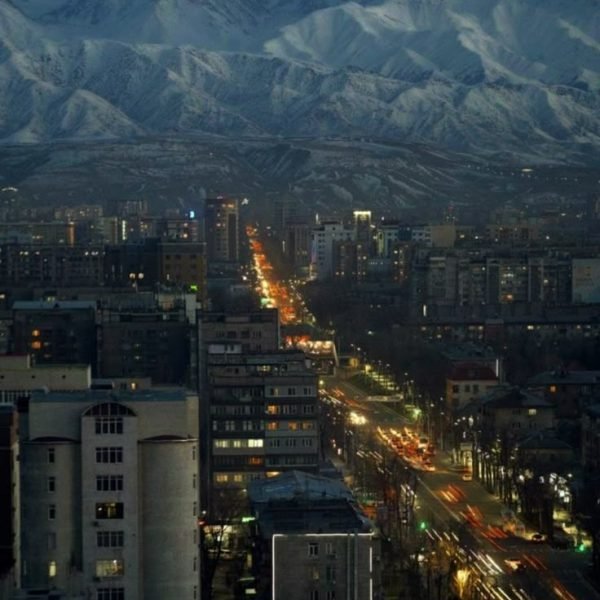
2.
Unspoiled Natural Beauty and Adventure: With its vast mountain ranges, alpine lakes, and wilderness areas, Kyrgyzstan is a paradise for outdoor lovers. Activities range from hiking and horseback riding to kayaking and wildlife safaris, including the chance to spot elusive snow leopards. The country’s landscapes are often so remote that travelers find themselves alone with nature and local shepherds, far from tourist crowds.
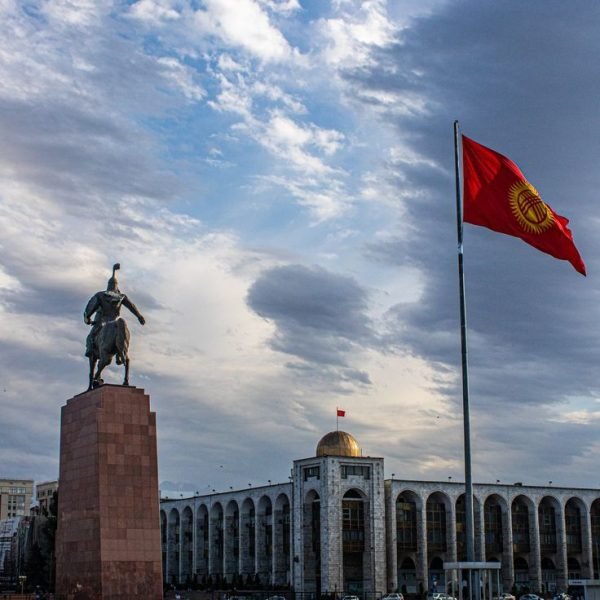
Planning Your Trip
Visa Information
For 2025, many nationalities can enter Kyrgyzstan visa-free for stays ranging from 30 to 90 days, depending on their country of origin. Visitors should check the latest entry requirements before traveling, as visa policies can change. Some travelers may need to obtain an e-visa or a visa on arrival. The process is generally straightforward, and Kyrgyzstan welcomes tourists with relatively easy entry procedures.
Best Time to Visit
The best time to visit Kyrgyzstan is during the summer months, from late June through September. This period offers the most accessible conditions for hiking, horse trekking, and exploring the alpine regions. Summer also hosts numerous community-based tourism festivals celebrating horse sports, traditional storytelling, and eagle hunting, providing enriching cultural experiences.
Winter, from December to February, is less popular among international tourists but excellent for skiing and winter sports around Bishkek and Karakol. Backcountry yurt lodges offer solitude and pristine powder for adventurous travelers. Winter is also a good time to engage with local crafts and witness eagle hunting demonstrations, though high-mountain yurt camps are typically closed during this season.
Getting To and Around
Getting to Kyrgyzstan
The main international gateway is Manas International Airport near Bishkek, which receives flights from major cities in Central Asia, Russia, and some European and Middle Eastern hubs. From Bishkek, travelers can explore the country by renting 4WD vehicles, joining guided tours, or using local transport like minibuses and shared taxis.
For more adventurous travelers, overland routes from neighboring Kazakhstan, Uzbekistan, and China are also options, though these require careful planning. Many tour operators offer tailored itineraries that include transportation, accommodation, and guides, making it easier to navigate Kyrgyzstan’s rugged terrain.
Getting Around
Travel within Kyrgyzstan is best done by car or organized tours, especially for reaching remote areas. Renting a 4WD vehicle equipped for off-road travel is popular, with some providers offering full camping and cooking equipment. Guided tours are highly recommended for trekking and cultural experiences, as local guides provide invaluable knowledge and access to hidden gems.
Public transport options include marshrutkas (shared minibuses) and taxis, which connect major towns and cities but may be less reliable for remote destinations. Horseback riding is also a traditional and immersive way to explore mountainous regions and pastoral lands.
Kyrgyzstan in 2025 offers a unique blend of natural splendor and cultural richness, ideal for travelers seeking authentic adventures off the beaten path. Whether you come for the mountains, the lakes, the nomadic traditions, or the warm hospitality, Kyrgyzstan promises a journey that will leave you with lasting memories and a deep appreciation for this Central Asian jewel.
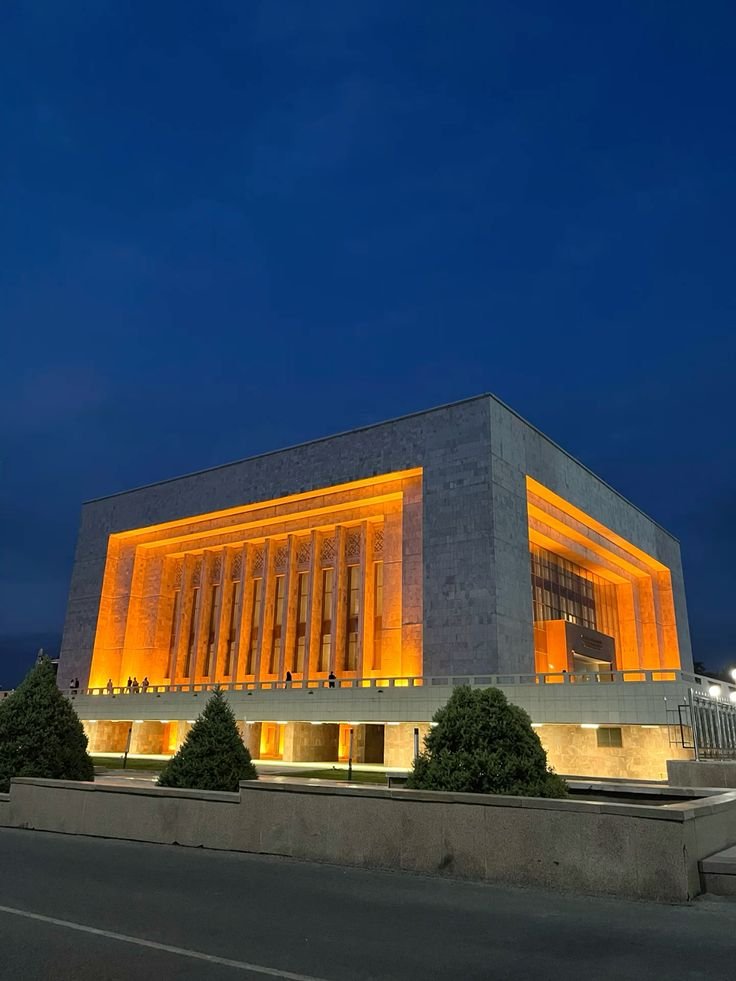
Accommodation
Kyrgyzstan offers a wide spectrum of accommodation options catering to all types of travelers, from budget backpackers to luxury seekers. Whether you want to stay in the bustling capital city of Bishkek, the scenic lakeside towns around Issyk-Kul, or the remote mountain villages, you will find a place that suits your preferences and budget.
Accommodation Options
Hotels and Guesthouses
In Bishkek, the capital, you can choose from modern hotels with full amenities to charming guesthouses that offer a more local experience. Popular mid-range hotels like the Garden Hotel & SPA provide wellness facilities such as indoor pools, fitness centers, and saunas, alongside comfortable rooms and on-site dining options. The Ramada by Wyndham Bishkek Centre and Futuro Hotel Bishkek are also well-regarded for their quality service and convenient locations close to city attractions.
For travelers seeking authentic local charm, guesthouses such as Silkroad Guesthouse are highly recommended. These often feature cozy Kyrgyz-style décor, spacious rooms, and friendly hosts who can provide valuable travel advice. Many guesthouses include breakfast and sometimes offer communal areas where guests can relax and socialize over complimentary tea and snacks.
In smaller towns and near natural attractions, yurts—traditional nomadic tents—are a unique accommodation choice. Yurt camps like Feel Nomad Yurt Camp and Agat Yurt Camp allow visitors to experience Kyrgyz nomadic culture firsthand while enjoying modern comforts such as clean bedding and heating. These camps are especially popular around Issyk-Kul and in alpine regions, offering stunning views and a peaceful environment.
Budget and Hostels
Budget travelers will find numerous hostels and family-run guesthouses, particularly in Bishkek and Karakol. Hostels such as Da! Hostel and Bishkek City Hostel provide dormitory beds and private rooms at affordable prices, often including communal kitchens and social spaces. These are ideal for meeting fellow travelers and sharing tips about exploring Kyrgyzstan.
Many budget accommodations have been recently renovated to include modern amenities like free Wi-Fi, heating, and clean bathrooms, ensuring a comfortable stay without breaking the bank. Some hostels also offer long-term stays for students or digital nomads.
Unique Stays and Hotels with a View
For those who want to combine comfort with breathtaking scenery, several hotels offer spectacular mountain or lake views. The Tian-Shan Hotel and Jannat Regency are well-known for their panoramic vistas, excellent hospitality, and on-site restaurants serving local and international cuisine. These hotels often include free breakfast, parking, and airport transfers, making them convenient bases for sightseeing.
Specialty lodging such as the Apricot Guest House near Issyk-Kul provides a quiet retreat away from city noise, with easy access to the lake and nature. Similarly, Ala Kul Guest House near Altyn Arashan offers cozy yurts with wood stoves and delicious homemade food, perfect for hikers and nature lovers.
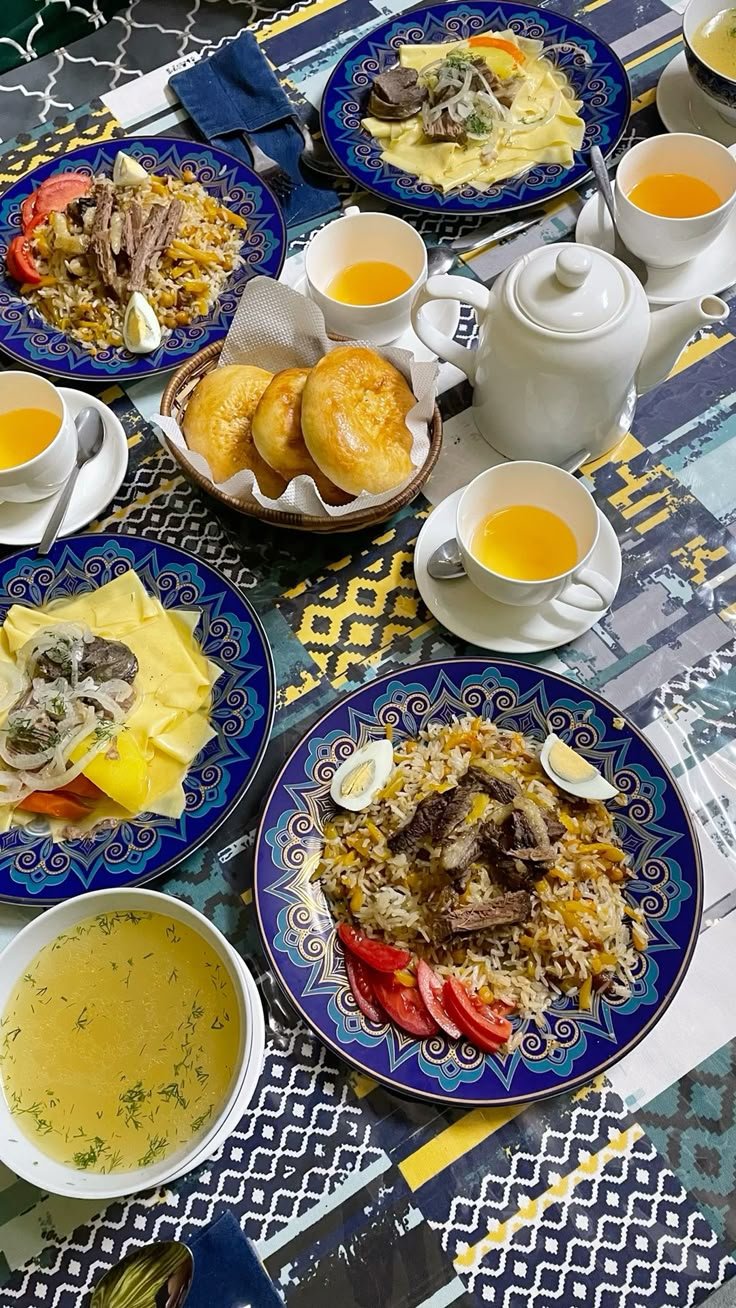
Food and Drink
Kyrgyz cuisine is a hearty reflection of the country’s nomadic heritage and mountainous environment. It features rich meat dishes, dairy products, and fresh bread, with flavors that are simple yet deeply satisfying. Food is an integral part of Kyrgyz hospitality, and sharing a meal is often a communal and celebratory experience.
Traditional Dishes
- Beshbarmak: The national dish of Kyrgyzstan, meaning “five fingers,” is a staple at celebrations and gatherings. It consists of boiled meat (usually lamb or beef) served over wide noodles with an onion sauce. It’s traditionally eaten with the hands, symbolizing unity and friendship.
- Kuurdak: A savory dish made from fried meat (often mutton or beef), onions, and potatoes. It’s rich and flavorful, commonly enjoyed as a main course.
- Laghman: A noodle dish with stir-fried vegetables and meat, influenced by Central Asian and Uyghur cuisines. It’s hearty and perfect for colder weather.
- Shashlik: Skewered and grilled meat, typically lamb or beef, marinated and cooked over an open flame. It’s a popular street food and picnic item.
- Manti: Steamed dumplings filled with minced meat and onions, often served with sour cream or a tomato-based sauce.
- Samsa: Baked pastries filled with meat, pumpkin, or potatoes, similar to samosas, widely available as snacks or light meals.
Dairy and Breads
Dairy products are central to Kyrgyz diets, reflecting the pastoral lifestyle. You’ll find:
- Kymyz: Fermented mare’s milk, a traditional drink believed to have health benefits.
- Ayran: A cold yogurt-based beverage, refreshing and slightly salty.
- Kurut: Dried balls of salty yogurt, eaten as snacks.
Bread is usually baked fresh daily, with lepeshka (round flatbread) being the most common variety. It’s often served alongside meals or used to scoop up food.
Dining Experience
In cities like Bishkek, you’ll find a growing number of restaurants offering both traditional Kyrgyz dishes and international cuisine, catering to diverse tastes. Many places serve hearty breakfasts with eggs, bread, and tea, while cafes provide excellent coffee and pastries.
In rural areas and yurt camps, meals are typically homemade and communal, often featuring fresh ingredients sourced locally. Visitors are warmly invited to join family-style meals, where sharing food is a sign of respect and friendship.
Drinks and Nightlife
Tea is the ubiquitous drink throughout Kyrgyzstan, usually black or green, served with sugar or jam. Alcoholic beverages include locally brewed beers and spirits like Arak (a strong distilled drink). In Bishkek and larger towns, bars and lounges offer a lively nightlife scene with cocktails and live music.
Must-See Attractions
Kyrgyzstan is a land of extraordinary natural beauty and rich cultural heritage, offering a wealth of must-see attractions that captivate travelers seeking both adventure and history.
- Issyk-Kul Lake
Known as the “Pearl of Central Asia,” Issyk-Kul Lake is the world’s second-largest alpine lake and one of Kyrgyzstan’s crown jewels. Stretching 182 kilometers long and surrounded by the towering Tian Shan mountains, this saline lake never freezes, even in winter. The southern shore is particularly wild and scenic, dotted with traditional villages like Bokonbaevo and Kyzyl-Tuu, where visitors can experience authentic Kyrgyz hospitality and crafts such as yurt-making. The lake’s crystal-clear waters invite swimming, kayaking, and boat trips, while the surrounding mountains offer hiking and horseback riding opportunities. The region is also famous for eagle hunting demonstrations, a rare and ancient Central Asian tradition preserved by local hunters.
- Ala-Archa National Park
Just a short drive from Bishkek, Ala-Archa National Park is a paradise for nature lovers and outdoor enthusiasts. The park features a dramatic alpine landscape with glaciers, waterfalls, and diverse wildlife, including the elusive snow leopard. Hiking trails range from easy walks to challenging climbs, such as the trek to the Ak-Sai waterfall or the ascent of Semenov-Tian-Shansky Peak. Horseback riding through the scenic valleys is another popular activity. Ala-Archa’s proximity to the capital makes it an accessible escape into pristine nature.
- Burana Tower
Located 80 kilometers east of Bishkek, the Burana Tower is a striking remnant of the ancient Silk Road city of Balasagun. This 11th-century minaret stands as a testament to Kyrgyzstan’s medieval history. Visitors can climb the tower for panoramic views and explore nearby archaeological sites featuring ancient stone sculptures called balbals, dating back to the 2nd century. The site offers a fascinating glimpse into the region’s past as a cultural crossroads.
- Karakol and Surrounding Natural Wonders
Karakol, nestled near the eastern tip of Issyk-Kul Lake, is a gateway to some of Kyrgyzstan’s most spectacular natural attractions. The town itself is home to unique architectural gems like the Dungan Mosque and the Russian Orthodox Church. Nearby, the Altyn Arashan Gorge offers hot springs set amid dense forests and towering peaks, perfect for relaxation after hiking. The Jeti-Oguz Gorge, famous for its red rock formations called the “Seven Bulls,” is ideal for trekking and photography. Ala-Kul Lake, a stunning alpine lake accessible via a challenging hike, rewards visitors with breathtaking views and pristine wilderness. Karakol also boasts the country’s best ski resort and is a hub for gastronomic tours exploring local Kyrgyz, Dungan, and Uyghur cuisines.
- Mount Sulaiman-Too, Osh
In the southern city of Osh, Mount Sulaiman-Too stands as a sacred mountain and UNESCO World Heritage Site. This unique natural and spiritual landmark features seven revered caves, mosques, and a museum detailing the region’s history. Pilgrims and tourists alike climb the mountain for panoramic views of Osh and to explore its religious significance. The mountain’s blend of natural beauty and cultural importance makes it a must-visit destination in Kyrgyzstan.
- Ala-Too Square, Bishkek
At the heart of the capital city, Ala-Too Square is a vibrant cultural and historical center. The square hosts the National History Museum, a towering flagpole, and monuments honoring Kyrgyz heroes such as Manas. Nearby Oak Park offers a peaceful retreat with sculptures and greenery. The square is a focal point for festivals, public events, and a window into Kyrgyzstan’s Soviet past and national identity.
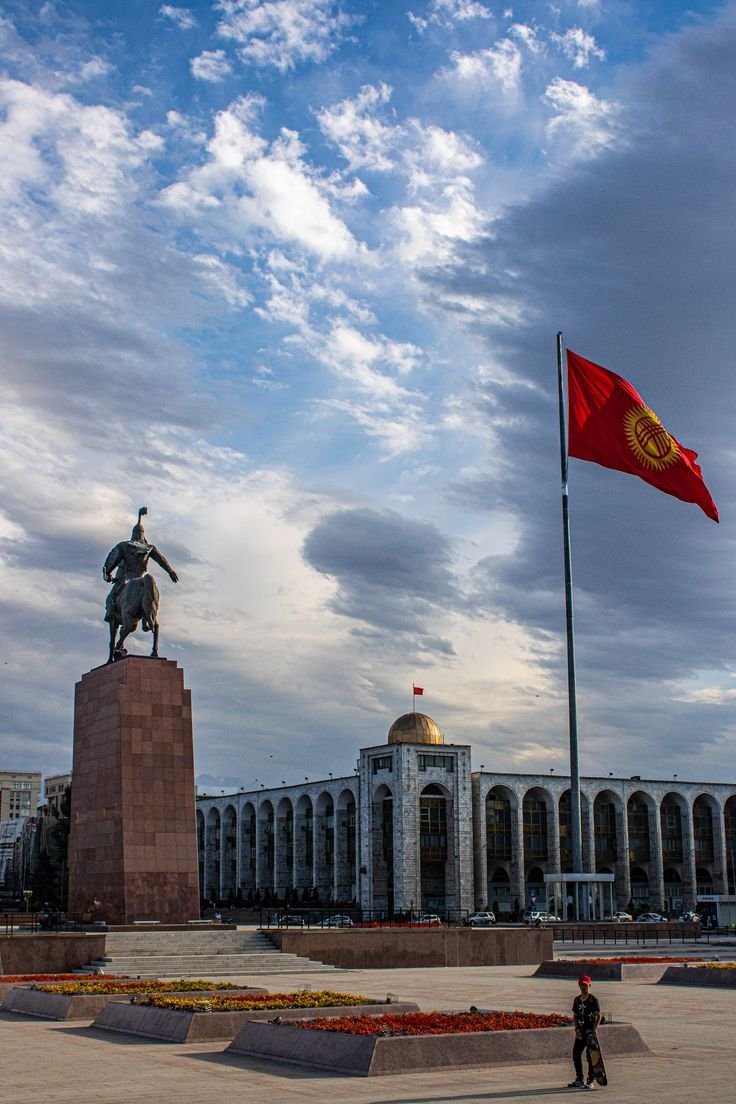
Must-Do Activities
Kyrgyzstan’s diverse landscapes and rich traditions provide a playground for a wide range of activities that engage all types of travelers.
- Trekking and Hiking
With over 90% of the country covered by mountains, trekking is one of the best ways to explore Kyrgyzstan’s wild beauty. Popular routes include the Ala-Kul Lake trek from Karakol, the multi-day journey through the Jeti-Oguz Gorge, and the challenging climbs in Ala-Archa National Park. Treks vary in difficulty and duration, offering options for beginners and experienced hikers alike. Along the way, you’ll encounter alpine meadows, glaciers, and traditional nomadic camps.
- Staying in a Yurt and Experiencing Nomadic Life
Immersing yourself in Kyrgyz nomadic culture is a highlight of any trip. Many yurt camps around Issyk-Kul and in the mountains offer authentic stays where you can sleep on felt mats, enjoy traditional meals, and learn crafts like felt-making or yurt-building. Participating in daily activities such as horse riding, milking livestock, or cooking local dishes connects you deeply with Kyrgyz traditions.
- Horseback Riding
Often called the “Land of the Horse,” Kyrgyzstan’s vast pastures and mountain trails are perfect for horseback riding. Guided tours range from short rides in scenic valleys to multi-day treks across mountain passes. Horseback riding allows access to remote areas and offers a unique perspective on the country’s nomadic heritage.
- Eagle Hunting Demonstrations
In villages like Bakanbaevo on Issyk-Kul’s southern shore, you can witness the ancient art of eagle hunting. Local hunters train golden eagles to hunt foxes and rabbits, a tradition passed down for generations. Demonstrations include watching the majestic birds in flight and learning about the cultural significance of this practice.
- Skiing and Winter Sports
Kyrgyzstan’s mountainous terrain provides excellent skiing opportunities, particularly around Karakol and the newer Jyrgalan ski resort. Winter sports enthusiasts can enjoy downhill skiing, snowboarding, and backcountry adventures. The winter season also offers the chance to stay in cozy mountain lodges and soak in hot springs.
- Exploring Ancient Silk Road Sites
History buffs can explore archaeological sites along the ancient Silk Road, including the ruins near Bishkek and the Burana Tower. The city of Osh, one of Central Asia’s oldest settlements, offers bazaars and historical landmarks that reflect the region’s rich trading past.
- Water Activities on Issyk-Kul Lake
Besides swimming and sunbathing, Issyk-Kul Lake is ideal for kayaking, sailing, and fishing. The lake’s clear waters and mountain backdrop create a serene environment for water sports. Local operators offer boat tours that showcase the lake’s natural beauty and cultural sites.
- Visiting Local Markets and Festivals
To experience Kyrgyz culture firsthand, visit local bazaars such as Osh Bazaar in Bishkek or the markets in Karakol. These vibrant spaces are filled with fresh produce, handicrafts, textiles, and traditional foods. Throughout the year, festivals celebrate Kyrgyz music, horse games, and national holidays, offering lively entertainment and cultural insight.
Kyrgyzstan in 2025 invites travelers to explore its stunning landscapes, engage with ancient traditions, and embark on unforgettable adventures. From the tranquil shores of Issyk-Kul to the rugged peaks of Ala-Archa, every corner of this country offers something remarkable. Whether you seek cultural immersion, outdoor thrills, or peaceful retreats, Kyrgyzstan’s must-see attractions and must-do activities promise a journey rich in discovery and wonder.
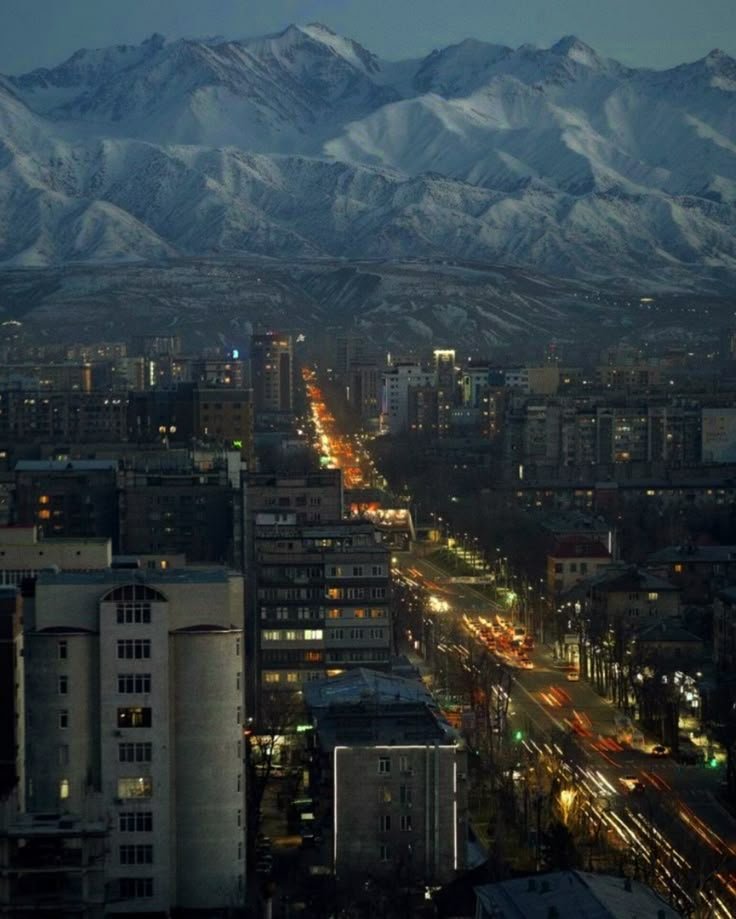
Travel Tips
Traveling to Kyrgyzstan in 2025 offers a unique opportunity to explore one of Central Asia’s most captivating destinations, rich in natural beauty and cultural heritage. To make the most of your trip, it’s essential to be well-prepared with practical safety tips, an understanding of local customs, and some basic knowledge of the language. This guide provides you with key insights to ensure a respectful, safe, and enjoyable experience.
Safety Advice
Kyrgyzstan is generally a safe country for travelers, but like anywhere else, exercising common sense and caution is important.
- Personal Safety: Violent crime is rare, especially in tourist areas, but petty theft such as pickpocketing can occur in crowded markets and public transport. Always keep your valuables secure and be vigilant in busy places like bazaars in Bishkek or Osh.
- Road Safety: Roads outside major cities can be rough and poorly maintained, especially in mountainous regions. If you plan to drive or hire a car, opt for a 4WD vehicle and avoid night driving. Local drivers may not always adhere to traffic rules, so stay alert.
- Altitude and Weather: Many attractions are at high altitudes, such as Issyk-Kul Lake and mountain passes. Altitude sickness can affect some travelers, so acclimatize gradually and stay hydrated. Weather can change rapidly in the mountains, so pack accordingly and check forecasts before heading out.
- Health Precautions: Medical facilities in Bishkek and Osh are adequate for minor ailments, but remote areas have limited healthcare. Carry a basic first aid kit, any necessary medications, and travel insurance that covers medical evacuation. Tap water is generally not safe to drink; bottled water is widely available.
- Respect for Nature: Kyrgyzstan’s pristine environment is a treasure. When trekking or camping, follow Leave No Trace principles. Avoid disturbing wildlife and local flora, and use designated trails and campsites.
Local Customs
Kyrgyz culture is deeply rooted in its nomadic heritage, with hospitality and respect for tradition playing central roles in daily life. Understanding local customs will enrich your experience and foster positive interactions.
- Hospitality: Hospitality is a cornerstone of Kyrgyz culture. Visitors are often warmly welcomed into homes and offered food and tea. It is polite to accept at least a small amount of what is offered as a sign of respect. When visiting a yurt or home, remove your shoes at the entrance.
- Greetings: A handshake is common among men, while women may greet with a nod or verbal greeting. When meeting elders or respected individuals, a slight bow or lowering of the head shows respect.
- Dress Code: While Kyrgyzstan is relatively liberal, modest dress is appreciated, especially in rural areas and religious sites. Avoid wearing revealing clothing and cover shoulders and knees when visiting mosques or traditional villages.
- Family and Social Hierarchy: Kyrgyz society values family highly, with a clear respect for elders. When in a group, allow elders to speak first and show deference in conversations. Guests are treated with honor and often seated in the place of highest respect.
- Dining Etiquette: Meals are often communal and symbolic. Traditional dishes like beshbarmak (boiled meat with noodles) are eaten with the hands, symbolizing friendship and unity. It is customary to wait for the eldest or host to begin eating before you start. Toasts with vodka or tea are frequent; when offered a toast, it is polite to participate.
- Gift Giving: If invited to a Kyrgyz home, bringing a small gift such as sweets, fruit, or tea is appreciated. Avoid gifts made of leather or sharp objects, which can have negative connotations.
- Religious Respect: Kyrgyzstan is predominantly Muslim, but practices are generally moderate. When visiting mosques or religious sites, dress modestly, remove shoes, and ask permission before taking photos. Avoid public displays of affection and alcohol consumption near religious places.
- Traditional Games and Festivals: Kyrgyzstan is famous for its equestrian sports and national games such as kok-boru (goat polo) and ulak tartysh (a traditional horse game). Attending these events offers insight into Kyrgyz culture and is highly recommended.
Language Basics
The official languages of Kyrgyzstan are Kyrgyz and Russian, with Kyrgyz being the state language and Russian widely spoken, especially in urban areas. English is becoming more common in tourist centers but is still limited outside major cities.
Learning a few basic phrases in Kyrgyz or Russian can greatly enhance your interactions and show respect for local culture.
Common Kyrgyz Phrases:
- Salamatsyzby? — Hello / How are you?
- Rakhmat — Thank you
- Kechirasiz — Excuse me / Sorry
- Ooba — Yes
- Jok — No
- Kantip jürösüz? — How are you?
- Men [your name] bolom — My name is [your name]
- Qayda? — Where?
- Kancha turat? — How much does it cost?
- Suu — Water
- Chay — Tea
Common Russian Phrases:
- Privet — Hello
- Spasibo — Thank you
- Pozhaluysta — Please / You’re welcome
- Izvinite — Excuse me / Sorry
- Da — Yes
- Net — No
- Skol’ko stoit? — How much does it cost?
- Gde tualet? — Where is the toilet?
Even if you don’t speak the language fluently, locals appreciate any effort to communicate in their tongue. Smiling and polite gestures go a long way.
Final Thoughts
Additional Practical Tips
- Currency: The Kyrgyz som (KGS) is the local currency. Cash is king, especially in rural areas. ATMs are available in cities but may be scarce in remote regions. Carry small bills for markets and taxis.
- Connectivity: Internet access is good in cities and tourist hubs but can be limited in remote areas. Purchasing a local SIM card is affordable and recommended for navigation and communication.
- Respect for Nature and Heritage: Kyrgyzstan’s natural and cultural heritage is precious. When visiting sacred sites, always follow local guidelines and ask before photographing people, especially elders or during ceremonies.
- Tipping: Tipping is appreciated but not mandatory. In restaurants, leaving a 5-10% tip is customary if service is good.
Kyrgyzstan’s charm lies not only in its stunning landscapes but also in its warm people and rich traditions. By respecting local customs, staying aware of safety considerations, and embracing the language basics, you will enjoy a rewarding and authentic experience. Hospitality here is genuine and heartfelt—travelers who approach Kyrgyzstan with openness and respect often leave with lifelong memories and friendships.
Prepare well, stay curious, and immerse yourself in the nomadic spirit of Kyrgyzstan for a truly unforgettable journey in 2025.

